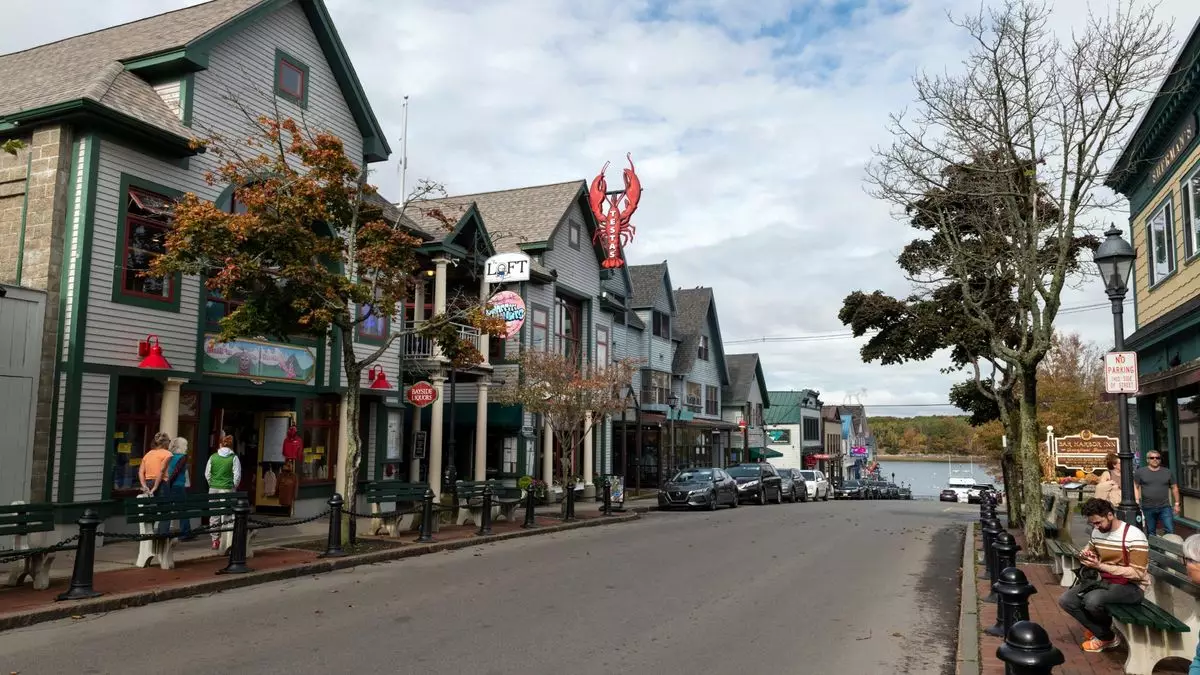As November approaches, Bar Harbor, Maine finds itself at a pivotal crossroads regarding its cruise tourism policies. The town’s residents will soon cast their votes on whether to maintain or overturn an existing limit of 1,000 cruise passengers per day—a regulation established during a referendum two years prior. The meaning of this decision extends beyond simple tourism figures; it speaks to the identity and economy of this charming coastal community.
If the populace opts to lift the 1,000-passenger cap, they will simultaneously endorse a new policy crafted by the town council, proposing a substantial increase to a limit of 3,200 passengers per day. This possible shift raises significant questions about the future of Bar Harbor’s tourism character as it seeks to strike a balance between welcoming visitors and preserving the local lifestyle. Historically, the rules governing cruise passenger limitations have fluctuated based on seasonal trends, permitting as many as 5,500 passengers in the early summer months. In stark contrast, the proposed cap effectively excludes the largest cruise ships, which are often the backbone of more prominent cruise lines.
The situation has been anything but straightforward for Bar Harbor, with the 1,000-passenger rule facing extensive legal challenges from local businesses, keen to protect their livelihood tied closely to the influx of tourists. After the measure was officially adopted, it found itself embroiled in litigation; however, a ruling from the U.S. District Court in Maine allowed the cap to take effect earlier this year. Interestingly, despite this judicial endorsement, cruise visitor numbers didn’t experience a dramatic decline. Many cruise operators had already scheduled their 2024 port calls prior to the referendum, leading to a complex situation where past bookings were preserved under the grandfather clause, ensuring limited passenger caps did not entirely derail their business plans.
The economic implications of Bar Harbor’s tourist policies loom large. The town attracted an impressive 250,000 cruise passengers in 2019, a figure that could see a significant reduction if the 1,000-passenger limit remains in place—potentially cutting cruise visitation in half. This change is contentious, as it reflects a deeper conflict between residents who feel overwhelmed by seasonal tourism crowds and businesses that rely on those crowds to thrive. For many, the paradox of Bar Harbor’s charm lies in the delicate balance between a vibrant local economy and the tranquility of a small town.
As the scheduled vote draws near, the town of Bar Harbor stands at an important juncture. The outcome will not only affect the immediate economic stability of local businesses but will also shape the future relationship between residents and tourists. The challenge lies in navigating conflicting interests, ensuring that Bar Harbor remains a welcoming destination without sacrificing the qualities that make it beloved by both inhabitants and visitors alike. With passions running high on either side of the debate, November’s vote could have lasting ramifications for years to come.

